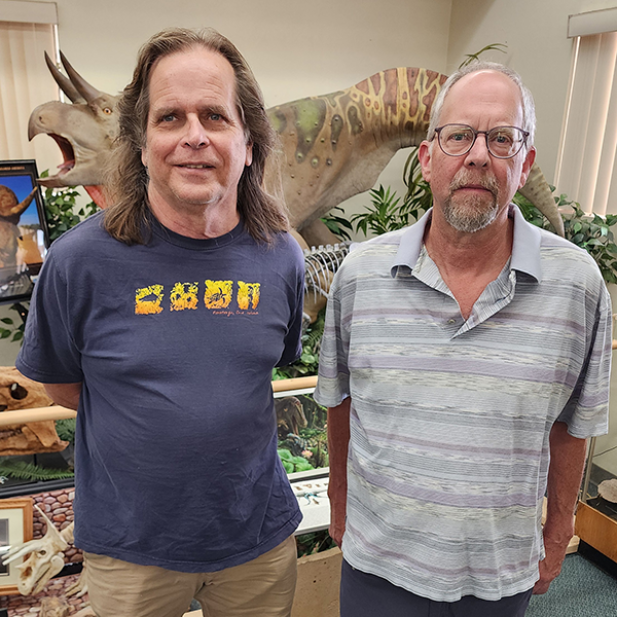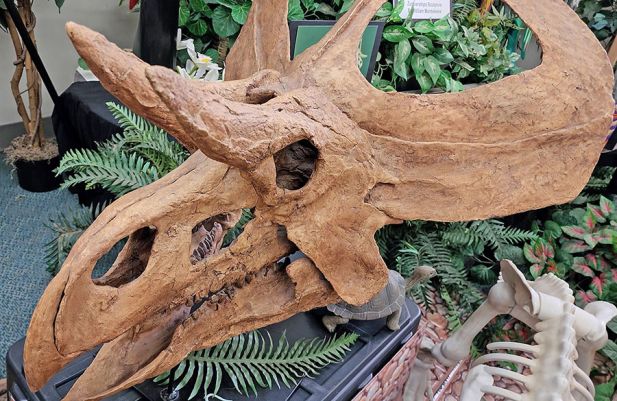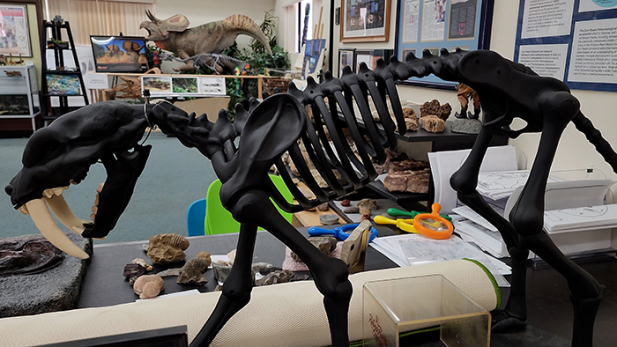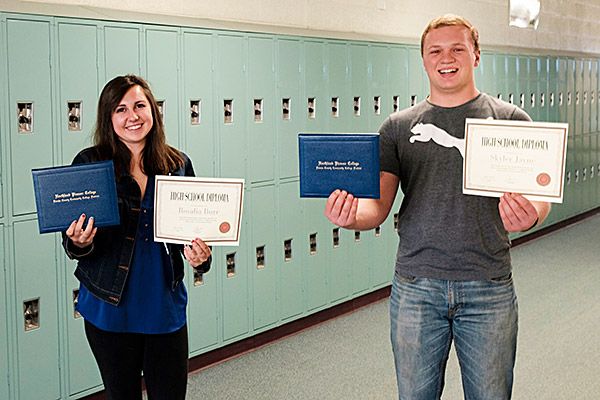
Long before elk, bears, mountain lions, coyotes, wild turkeys, and javelina roamed the high deserts and vast mountain ranges of Apache and Navajo counties in Arizona, dinosaurs made this area home. Northland Pioneer College’s (NPC), new Geology, GLG-203 Dinosaurs class will take you back to that place in time. The new four-credit course will dive into the history, science, and art of local dinosaurs in a fun and interactive way.
Local geologist and paleontologist Douglas Wolfe will co-teach the GLG-203 Dinosaurs class with NPC’s Science Faculty David Smith this fall. The class will be offered on Monday evenings from 6:00 to 8:44 p.m. at NPC’s Show Low campus beginning Monday, August 19. The class is open to anyone and can be taken as an elective degree credit or just for fun. No prerequisites are required.
“There’s going to be a lot of fun stuff to do in this class,” Wolfe explained. Students will be able to dive into paleontology. “It’s about more than digging… some of its artwork, some of its fieldwork, some of its chemistry, some of its computer modeling,” Wolfe said. Students who enroll in the class will not only learn about fossils but will be able to understand where to dig for them. You will also learn about evolution, climate change, and tectonics. “Discover what the planet was like in our area millions of years ago and why,” Wolfe said.

Students will also participate in field trips to museums, including Wolfe’s Zuni Dinosaur Institute for Geosciences or “Z-Dig,” located in Springerville, visit rural dig sites, dissect animals like pigeons and sharks, and learn about local dinosaur discoveries.
According to Wolfe, the dinosaurs of this part of Arizona are quite famous. Wolfe was the "principal investigator,” responsible for the discovery and publication, along with fellow researchers, of seven new dinosaur species. Wolfe’s seven-year-old son Chris picked up the first piece of horn from an animal and identified it as a dinosaur bone. The species later became known as the Zuniceratops christopheri, or “Christopher’s horn-faced dinosaur from Zuni.” The Zuniceratops has since been featured in Jurassic World and on the Discovery Channel
Another local find is the Nothro (meaning sloth) nychus (meaning claw). Wolfe explained, that the Nothronychus, “was a strange animal with a long skinny neck, a tiny little head, little tiny teeth, and a beak.” The dinosaur had giant claws and was a close relative to the T-rex. A bird-like dinosaur, it had a hollow skeleton, hollow bones, and a short stubby tail and legs. “Like a jigsaw puzzle, a lot of different parts were thrown together to make that one,” laughed Wolfe.

Students will also learn about a third local dinosaur – the Suskityrannus. “Suski” is the Zuni word for coyote, so the dinosaur is fittingly the “coyote tyrant.” Wolfe explained, “This part of Arizona was like a kindergarten for small dinosaurs that came 20 million years before their more well-known successors. These critters lived on the then seashores of Show Low at one time,” he said. “There are some beautiful fossils out there. One day we’re going to find a dinosaur on the Mogollon Rim. We haven’t found it yet, but it’s out there somewhere.”
For more information about the GLG-203 class contact Douglas Wolfe at douglasgwolfe@gmail.com or David Smith at david.smith@npc.edu. To enroll in Dinosaurs GLG-203, visit www.npc.edu/fall24.










